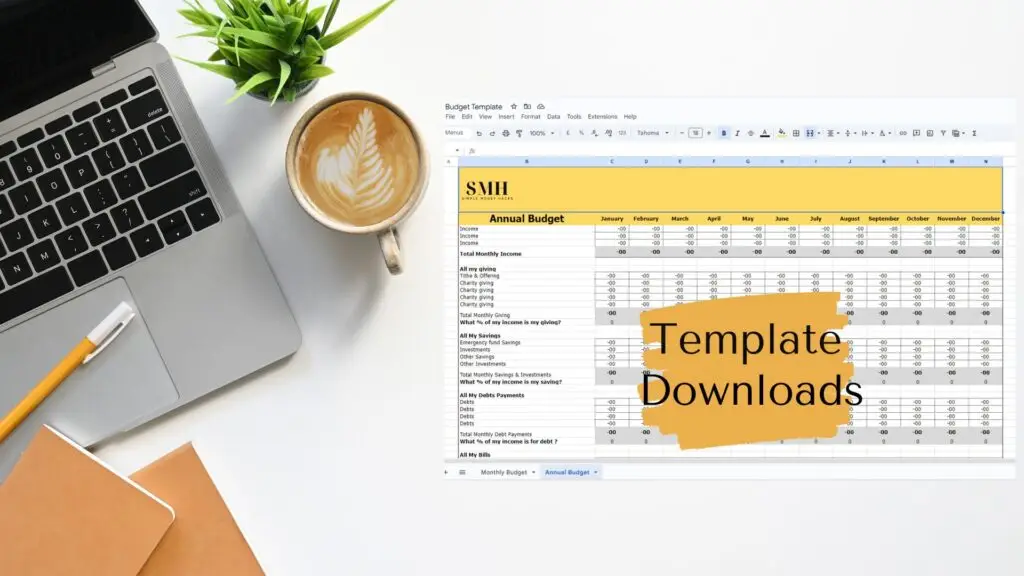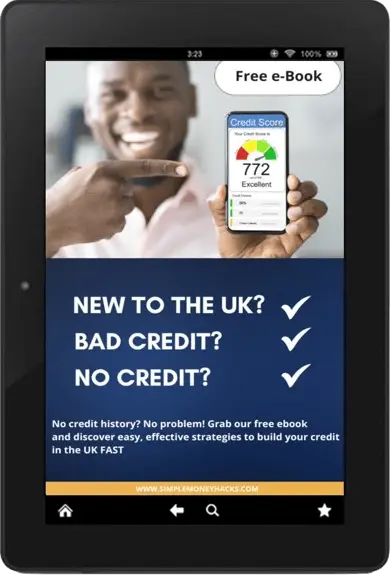Saving emergency funds while in debt: How much do you really need?
Most personal finance advice will tell you to save at least three to six months’ expenses for emergencies. But what if you’re in debt? Should you prioritise saving or focus on paying down what you owe? The answer is both—but in a strategic way.
This blog is part of our Wealth Wellness Series. Missed some?
Catch up here:
- 1: Discover Your True Money Personality and
- 2: Ultimate Money Checklist: 12 Steps to Financial Success
- 3: The 50/30/20 Budgeting Rule
My Journey: Why I Started with £500
When I first started tackling my finances, my goal was to save £1,000 for an emergency fund so I could focus on repaying my £40,000 debt. But no matter how hard I tried, I struggled to reach that amount. Every time I got close, something went wrong—an unexpected bill, a sudden expense—and I was back to square one.
Eventually, I decided that a £500 emergency fund would have to be enough. I assessed my situation carefully: What could go wrong that £500 couldn’t cover?
Living in the UK, I had the advantage of the NHS for medical emergencies. I relied on public transport, lived in a government apartment where maintenance was covered, and had appliance insurance. These factors convinced me that £500 was a reasonable safety net. After all, if I lost my job, even £1,000 wouldn’t be enough to sustain me long-term.
And you know what? It worked. With this small emergency fund in place, I focused on paying off my debt without constantly dipping into savings.
The Starter Emergency Fund (£500 – £1,000)
If you have debt, your first goal is to build a small emergency fund of £500 to £1,000 while in debt. This is a buffer for unexpected expenses like a broken boiler, car repairs, or urgent medical bills.
Why is £500-£1,000 Enough for Now?
- It covers most small emergencies without relying on credit cards or loans.
- It prevents you from sinking deeper into debt when life happens.
- It’s a realistic goal that won’t slow down your debt repayment too much.

Set Up a Budget
One of the best ways to free up money for your emergency fund is by setting up a budget. A budget helps you track your income and expenses, allowing you to identify areas where you can cut back. If you need help creating a budget, check out my blog on how to set up a budget for a step-by-step guide.
Download a budget template here
How to Save £500-£1,000 Quickly:
Saving money isn’t just about cutting out luxuries—it’s about being intentional with every pound. Here are some practical and creative ways to hit your goal fast:
- Automate savings – Set up a direct debit to a separate account so the money is out of sight, out of mind.
- Cut out the “invisible” expenses – Review subscriptions and unused memberships that quietly drain your income.
- Negotiate bills – Call service providers for better utilities, phone contracts, and insurance rates.
- Use cashback and rewards – Maximise cashback credit cards (but pay them off in full) and loyalty schemes to save on everyday spending.
- Take on a side hustle—Deliveries, freelancing, tutoring, or even online surveys can quickly boost your savings.

How I Did It: A Personal Perspective
I initially thought it was impossible to cut costs from my budget. However, once I got serious and determined to gain financial control, I found things I was willing to let go of to secure my financial freedom.
- Packing lunch for work saved me £5-£10 daily on food.
- Selling my car meant cutting costs on insurance, fuel, and maintenance.
- Instead of upgrading, I switched to a cheaper SIM-only phone deal.
- Cancelling Sky TV was an easy choice, with plenty of streaming services and free content available.
The great thing is I didn’t feel deprived. Instead, I was excited to see that I finally had financial wiggle room. Each item I cut felt like a win, and I woke up daily thinking, “Where can I cut costs today?” In a way, it became a game, and every time I managed to save even just a pound, I did a victory dance!
Once you set aside at least £500, you can focus all your energy on paying off your debt. The faster you clear your debt, the quicker you can move to the next step.
The Full Emergency Fund (3-6 Months of Expenses)
Saving isn’t just good practice—it’s a habit, and most of us (myself included) struggle with it. The culprit? The availability of easy credit.
Gone are the days when we patiently saved for purchases. Now, why wait when credit cards—and even budget fashion sites with Klarna-style “buy now, pay later” options—eliminate the need for patience?
Saving is a financial muscle that weakens without training. I crushed £40,000 of debt in just 32 months through disciplined repayment, yet stumbled when it came to consistent saving. The revelation? I needed to build my saving muscle with the same intensity with which I tackled my debt. Same mindset. Same focus.
Once your debt is gone, it’s time to level up. Build your emergency fund. Aim for three to six months of essentials—rent, utilities, groceries, insurance, and transport.
Emergency Funds Depend on Your Expenses
The amount you need in your emergency fund depends entirely on your expenses. The key is that even once your finances are in top shape, always aim to keep expenses low. Learn to live on less and redirect extra money towards things that spark joy and secure your financial future. Maintaining a lean lifestyle ensures that your emergency fund stretches further and gives you greater financial security.
How to Save for a Full Emergency Fund:

Have a separate account for your bills and savings
Keeping all your money in one account makes it easy to overspend. Instead, create separate accounts—one for bills, another for savings. This way, you always know what’s available to spend without accidentally dipping into your savings or missing a bill payment.
Automate your finances
Once your accounts are set, put your finances on autopilot. I know exactly how much my essentials and savings cost each month, so as soon as I’m paid, those amounts are automatically transferred—one to my bills account, the other to my savings. There is no second-guessing and no temptation to spend first.
Save into high-interest accounts
Now that saving is effortless, make your money work harder. Park your savings in a high-interest account so it grows while staying accessible. Check comparison sites like MoneySavingExpert to find the best rates. Every extra percentage point helps!
Save windfalls
Bonuses, side hustle income, and tax refunds are great opportunities to boost your savings. Instead of spending unexpected cash, put it straight into your savings or emergency fund.
Reduce lifestyle inflation
Becoming debt-free doesn’t mean you should upgrade everything at once. Lifestyle inflation sneaks up fast—higher rent, fancier holidays, expensive gadgets. Keep your spending in check and let your savings grow instead.
Review and adjust regularly
Your expenses and income will change over time, so review your savings goals at least once a year. Adjust contributions, switch to better interest accounts, and ensure you’re still on track.
Final Thoughts: Balance is Key
Building an emergency fund while in debt is about finding balance. Start with a small, manageable amount, focus on clearing your debt, and then work towards a bigger safety net once you’re financially free.
Ready for More Money-Saving Tips? Sign up for my newsletter below and get practical money tips delivered to your inbox!
Follow me on Instagram for even more savings hacks and financial insights. Let’s make saving money simple and fun!





